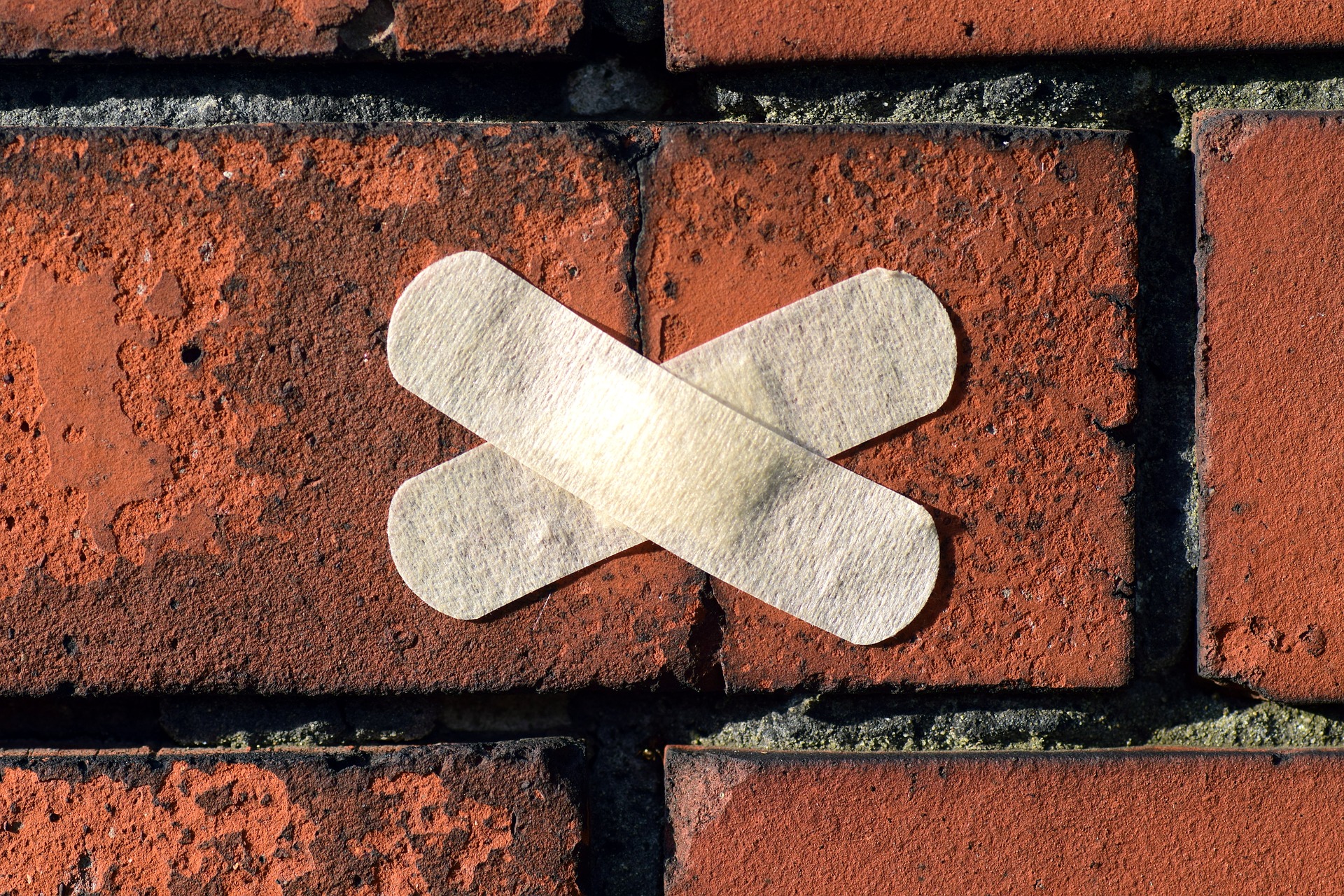How Can I Fix Subsidence?

What Is Subsidence?
Subsidence is the term given to when an area of ground underneath a property sinks, and starts to drag the building down with it. Subsidence can happen rapidly or slowly over the course of many years, and sadly will continue to get worse unless steps are taken to mitigate it.
Subsidence is fairly common, but not all of it is catastrophic. If you notice signs of subsidence in your home, there are steps you can take to try and tackle it to make sure it doesn’t continue getting worse and end up costing you more.
What Are The Main Signs of Subsidence?
The most visibly obvious sign of subsidence that you are likely to notice is the appearance or increase in the number of cracks in a wall or walls. When a house is subsiding, these cracks are formed due to different parts of the wall sinking at different rates, as the ground underneath subsides further and further. This effect of having some parts sinking or moving faster than others causes the wall to start to pull itself apart.
Cracks can have many causes that don’t indicate subsidence, such as changes in temperature or traffic vibrations. Buildings settling into their foundations over time is common, especially noticeably in new builds, so the appearance of a crack is not always caused by something that requires a large amount of work to fix.
Other signs of subsidence often appear on walls as well. Creases or ripples in your wallpaper could indicate a shifting wall, as can doors or windows no longer fitting properly in their frames. Changes in humidity and temperature can cause these problems too, but because of the damage that subsidence can do if left untreated, ensure the cause of any signs are quickly identified so you can take the appropriate measures.
What Do I Do If I Notice Subsidence?
The first thing to do if you notice any signs of subsidence is to contact your home insurance company. They will be able to send out a surveyor who can assess the level of damage to your home as well as the causes. It’s important not to make any changes to your property or surrounding area without contacting an insurance company first as it may affect your policy and ability to claim. Once this assessment is done, you will have a better idea of the next steps that you can take in order to protect your home from further damage.
In some cases, subsidence may be being caused by an issue that is easily treatable for a homeowner. Trees are a large cause of subsidence; not only can their roots grow under your property and shift the soil around causing it to become less stable, but they are also constantly sucking up water from the soil, causing the soil to shrink and compact. Assessment and proper removal of trees can help to prolong the life and stability of your house’s foundations.
If the subsidence is severe, and there is no way to easily prevent your property subsiding further, a last resort but more permanent solution is underpinning. Underpinning is the process of repairing and strengthening foundations which have been weakened or damaged by excavating the weakened soil from underneath the house and replacing it with more stable material and further supports.
This technique is expensive and can be very impactful if you are living in the property during the building work. This is why it’s seen as a last resort, and is why it’s so important to spot subsidence early and contact your home insurance company. Get in touch with Crowthorne Insurance today.

Image Source: Pixabay